Home>Garden Essentials>How To Clean A Plastic Grass Mat
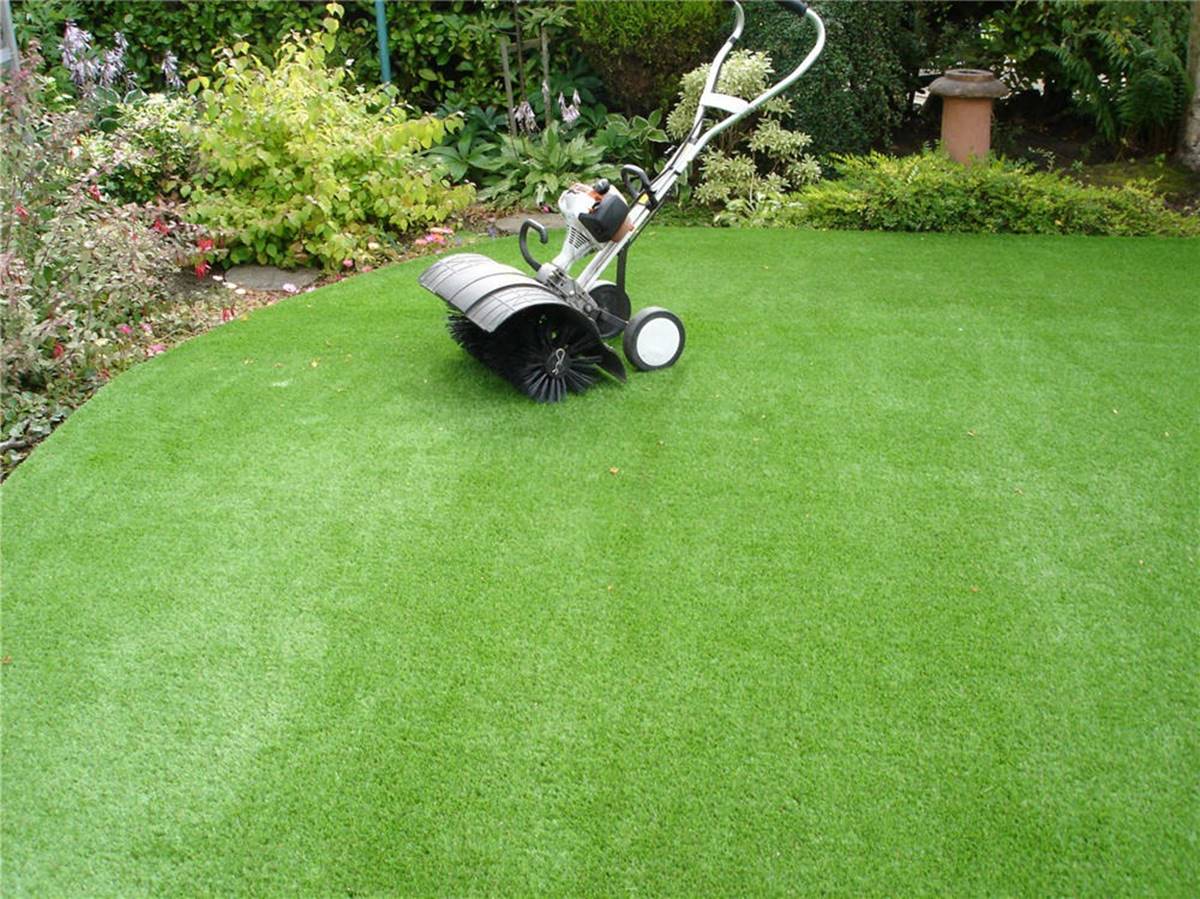

Garden Essentials
How To Clean A Plastic Grass Mat
Modified: March 7, 2024
Learn how to effectively clean your plastic grass mat and keep your garden looking fresh and vibrant. Discover easy tips and tricks to maintain a pristine outdoor space.
(Many of the links in this article redirect to a specific reviewed product. Your purchase of these products through affiliate links helps to generate commission for Storables.com, at no extra cost. Learn more)
Introduction
Plastic grass mats are a popular choice for creating a vibrant and low-maintenance garden. Whether you have a small balcony garden or a larger outdoor space, plastic grass mats can transform the area into a lush and inviting oasis. However, just like any other outdoor surface, these mats require regular cleaning to keep them looking fresh and free from dirt and debris.
In this article, we will guide you through the process of cleaning a plastic grass mat efficiently and effectively. We will also provide you with some essential safety precautions and the supplies you will need to ensure a successful cleaning experience. So, let’s get started!
Key Takeaways:
- Keep your plastic grass mat looking fresh by removing debris, rinsing with water, and using a mild detergent. Let it air dry and fluff it up for a vibrant and inviting garden oasis.
- Regularly clean your plastic grass mat to maintain its beauty and longevity. Follow safety precautions, gather supplies, and enjoy a lush, low-maintenance outdoor space.
Read more: How To Clean Plastic Patio Furniture
Safety Precautions
Before you begin cleaning your plastic grass mat, it’s important to take some safety precautions to protect yourself and the surrounding environment:
- Wear protective gloves to shield your hands from any potentially harmful chemicals or sharp debris that may be present on the mat.
- If you are using a cleaning solution, avoid direct contact with your skin and eyes. It’s recommended to wear safety goggles and clothing that covers your arms and legs to minimize exposure.
- If you are cleaning the plastic grass mat indoors, ensure proper ventilation to prevent the buildup of any fumes from the cleaning solution.
- Keep pets and children away from the cleaning area to prevent accidental ingestion of cleaning agents or contact with wet surfaces.
- If you are using a pressure washer to rinse the mat, exercise caution as high-pressure water can cause injury if not handled properly. Follow the manufacturer’s instructions and maintain a safe distance.
By following these safety precautions, you can minimize any potential risks and ensure a safe cleaning experience for yourself and others.
Supplies Needed
Before you embark on cleaning your plastic grass mat, gather the following supplies to ensure a thorough and efficient cleaning process:
- Broom or brush with stiff bristles: This will help you remove loose debris and agitate the surface of the mat.
- Garden hose with a spray nozzle: A garden hose is essential for rinsing off the mat after cleaning.
- Mild detergent or soap: Choose a mild detergent or soap that is safe for use on plastic surfaces.
- Bucket: You will need a bucket to mix the cleaning solution.
- Soft sponge or cloth: A soft sponge or cloth will be used for gently scrubbing the mat.
- Protective gloves: Wear protective gloves to shield your hands from any harsh chemicals and prevent skin irritation.
- Old towels or absorbent cloths: These will be used for drying the mat after cleaning.
- Optional: Pressure washer with a low-pressure nozzle. If you have access to a pressure washer, it can be an efficient tool for rinsing off the mat.
Having these supplies on hand will ensure that you have everything you need to clean your plastic grass mat effectively and efficiently.
Step 1: Remove Loose Debris
Before you begin the cleaning process, it’s important to remove any loose debris from the plastic grass mat. This includes leaves, twigs, dirt, and any other organic matter that may have accumulated over time. Here’s how you can easily accomplish this:
- Start by using a broom or brush with stiff bristles to sweep the mat in a back-and-forth motion. This will help dislodge any larger debris.
- Once you have removed the larger debris, use a handheld vacuum or a leaf blower on a low setting to further remove any loose particles that may be hiding in between the grass blades. Move the vacuum or blower across the entire surface of the mat, ensuring you reach all areas.
- If there are any stubborn debris stuck to the mat, gently lift it with a soft brush or your fingers and discard it.
By thoroughly removing loose debris, you will have a clean canvas to start the next steps of the cleaning process. Additionally, this step helps prevent the loosened debris from being further ingrained into the mat during the cleaning process.
Step 2: Rinse with Water
After removing the loose debris, it’s time to give the plastic grass mat a thorough rinse with water. This step helps to remove any remaining dust, dirt, or smaller particles that may be lingering on the surface. You can follow these simple steps to rinse the mat:
- Start by connecting a garden hose to a water source and ensure that it has a spray nozzle attached for better control of the water flow.
- Turn on the water and adjust the spray nozzle to a medium pressure setting. This will provide enough force to dislodge dirt and debris without damaging the grass mat.
- Begin at one end of the mat and work your way across, evenly spraying the water over the entire surface. Make sure to cover any hard-to-reach areas as well.
- Move the spray nozzle back and forth to ensure thorough coverage and to help dislodge any stubborn particles.
- Continue rinsing until the water running off the mat runs clear, indicating that most of the dirt and debris have been removed.
Rinsing the plastic grass mat with water helps to restore its natural appearance and prepares it for the next step in the cleaning process. It is important to ensure that the entire mat is evenly and thoroughly rinsed.
Read more: How To Wash A Plastic Bath Mat
Step 3: Use a Mild Detergent
Once the plastic grass mat has been rinsed with water, it’s time to introduce a mild detergent or soap to remove any remaining dirt, stains, or grime. A gentle cleaning solution will help break down stubborn residues without causing damage to the mat. Here’s how you can proceed with this step:
- Fill a bucket with warm water and add a small amount of mild detergent or soap. Make sure to follow the manufacturer’s instructions for the recommended dilution ratio.
- Use a soft sponge or cloth to agitate the solution and create some suds.
- Start at one end of the mat and apply the soapy water onto the surface, working in small sections.
- Gently scrub the mat using circular motions or back-and-forth movements. Focus on stained or heavily soiled areas to ensure a thorough cleaning.
- If you encounter any stubborn stains or marks, you can use a soft-bristled brush to gently scrub the affected areas.
- Continue these steps until you have covered the entire surface of the plastic grass mat.
Using a mild detergent helps to break down dirt and grime, leaving your plastic grass mat looking clean and fresh. Remember, it’s essential to be gentle while scrubbing to avoid damaging the delicate fibers of the mat.
To clean a plastic grass mat, mix warm water with mild dish soap and scrub the mat with a soft-bristled brush. Rinse thoroughly and let it air dry. Avoid using harsh chemicals or abrasive scrubbers to prevent damage to the mat.
Step 4: Scrub Gently
Now that you have applied the mild detergent or soap onto the plastic grass mat, it’s time to gently scrub the surface to lift any dirt, stains, or grime. This step requires a delicate touch to avoid damaging the mat while effectively cleaning it. Follow these guidelines for gentle scrubbing:
- Take a soft sponge or cloth and dampen it with water.
- Starting from one end of the mat, use the damp sponge or cloth to gently scrub the surface in circular motions or back-and-forth movements.
- Pay extra attention to areas with visible stains or heavy soiling. Apply a bit more pressure while scrubbing, but still be cautious not to be too aggressive.
- If you encounter any stubborn stains or marks, you can use a soft-bristled brush to gently scrub the affected areas. Again, apply minimal pressure to avoid damaging the mat.
- Continue this gentle scrubbing technique across the entire surface of the plastic grass mat.
Gently scrubbing the mat helps to remove any remaining dirt and stains, ensuring a thorough cleaning without causing damage. Take your time and be patient to achieve the best results.
Step 5: Rinse Again
After gently scrubbing the plastic grass mat, it’s time to give it another thorough rinse to remove any residual detergent or soap. This step ensures that no cleaning agents are left behind, leaving the mat fresh and residue-free. Follow these simple steps to rinse the mat once again:
- Connect the garden hose with a spray nozzle to a water source and turn on the water.
- Adjust the spray nozzle to a medium pressure setting, similar to the previous rinse.
- Starting from one end of the mat, evenly spray water over the entire surface, making sure to cover all corners and hard-to-reach areas.
- Moving the spray nozzle back and forth, thoroughly rinse the plastic grass mat until the water running off appears clear.
- Continue this rinsing process until you are confident that all traces of detergent or soap have been removed.
Ensuring a complete rinse is vital to prevent any residue buildup, which can attract dirt and make the mat look dull. Take your time during this step to ensure a thorough and satisfactory rinse.
Step 6: Let it Dry
After the final rinse, it’s important to allow the plastic grass mat to air dry completely before using it again. Drying the mat thoroughly not only ensures that it looks its best but also helps prevent the growth of mold or mildew. Follow these steps to effectively dry your plastic grass mat:
- Turn off the water supply and disconnect the hose from the spray nozzle.
- If possible, prop the plastic grass mat up in an upright position or lay it flat on a clean and dry surface.
- Allow the mat to air dry naturally in a well-ventilated area. This process may take several hours, depending on the weather conditions.
- During the drying process, avoid walking on or placing any objects on the mat, as this may disrupt the drying process or leave imprints.
- If your mat is in an area with limited sunlight or poor ventilation, you can use a fan or open windows and doors to promote airflow and speed up drying.
- Check the mat periodically to ensure it is completely dry before returning it to its original location or using it again.
Allowing the plastic grass mat to dry properly is essential for maintaining its appearance and prolonging its lifespan. Patience is key during this step to achieve the best results.
Step 7: Fluff the Mat
Once the plastic grass mat is completely dry, it’s time to give it a little extra attention and fluff it up. Fluffing the mat helps to restore its natural appearance, making it look lush and inviting. Follow these simple steps to effectively fluff your plastic grass mat:
- Start by using your hands to gently run your fingers through the grass blades, starting from one end and working your way across the entire surface.
- Gently lift and separate the blades of grass to create a fuller and more natural look.
- If you notice any areas that appear flat or matted, use a soft-bristled brush or a plastic rake specifically designed for artificial grass to fluff those areas gently.
- Brush or rake in the opposite direction of the mat’s natural grain to encourage the blades to stand up straight.
- Continue this fluffing process until the entire mat looks evenly lifted and vibrant.
Fluffing the plastic grass mat helps to revive its texture and give it a fresh, just-installed appearance. Taking a few moments to fluff the mat can make a significant difference in its overall aesthetic appeal.
Conclusion
Cleaning a plastic grass mat is essential to maintain its vibrant appearance and to prolong its lifespan. By following the steps outlined in this guide, you can effectively remove dirt, debris, and stains from your mat, leaving it looking fresh and inviting. Remember to take the necessary safety precautions, gather the required supplies, and follow each step carefully for a successful cleaning experience.
Start by removing loose debris and rinsing the mat thoroughly with water. Then, apply a mild detergent or soap and scrub gently to lift any remaining dirt or stains. Rinse the mat again to remove any residual cleaning agents. Allow the mat to air dry completely before fluffing it up to restore its natural appearance. By following these steps, your plastic grass mat will maintain its beauty and provide a lush and low-maintenance landscape for your outdoor space.
Regular cleaning of your plastic grass mat is recommended to ensure its longevity and keep it looking its best. Depending on the level of use and environmental conditions, aim to clean the mat at least once a month or as needed. By incorporating this cleaning routine into your garden maintenance, you can enjoy a fresh, clean, and vibrant outdoor space year-round.
With proper care and maintenance, your plastic grass mat will continue to bring beauty to your garden and provide a comfortable and inviting area for relaxation and enjoyment.
Frequently Asked Questions about How To Clean A Plastic Grass Mat
Was this page helpful?
At Storables.com, we guarantee accurate and reliable information. Our content, validated by Expert Board Contributors, is crafted following stringent Editorial Policies. We're committed to providing you with well-researched, expert-backed insights for all your informational needs.
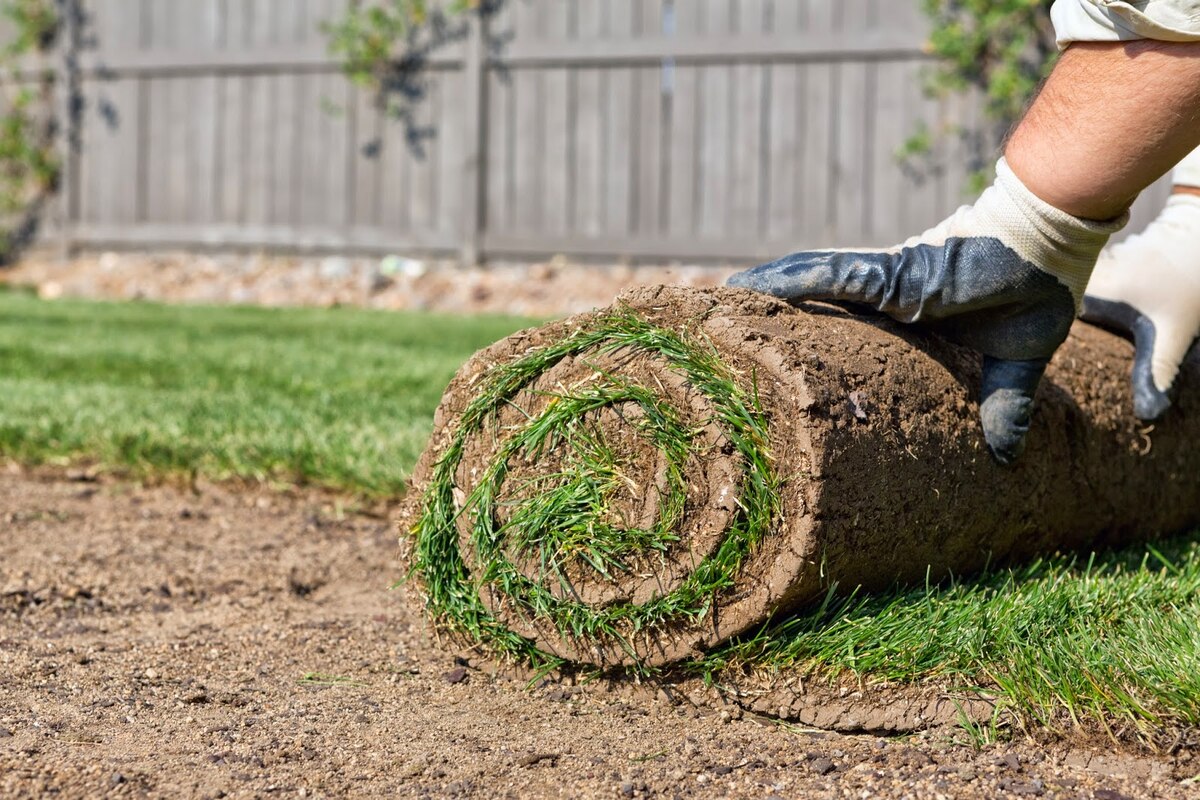
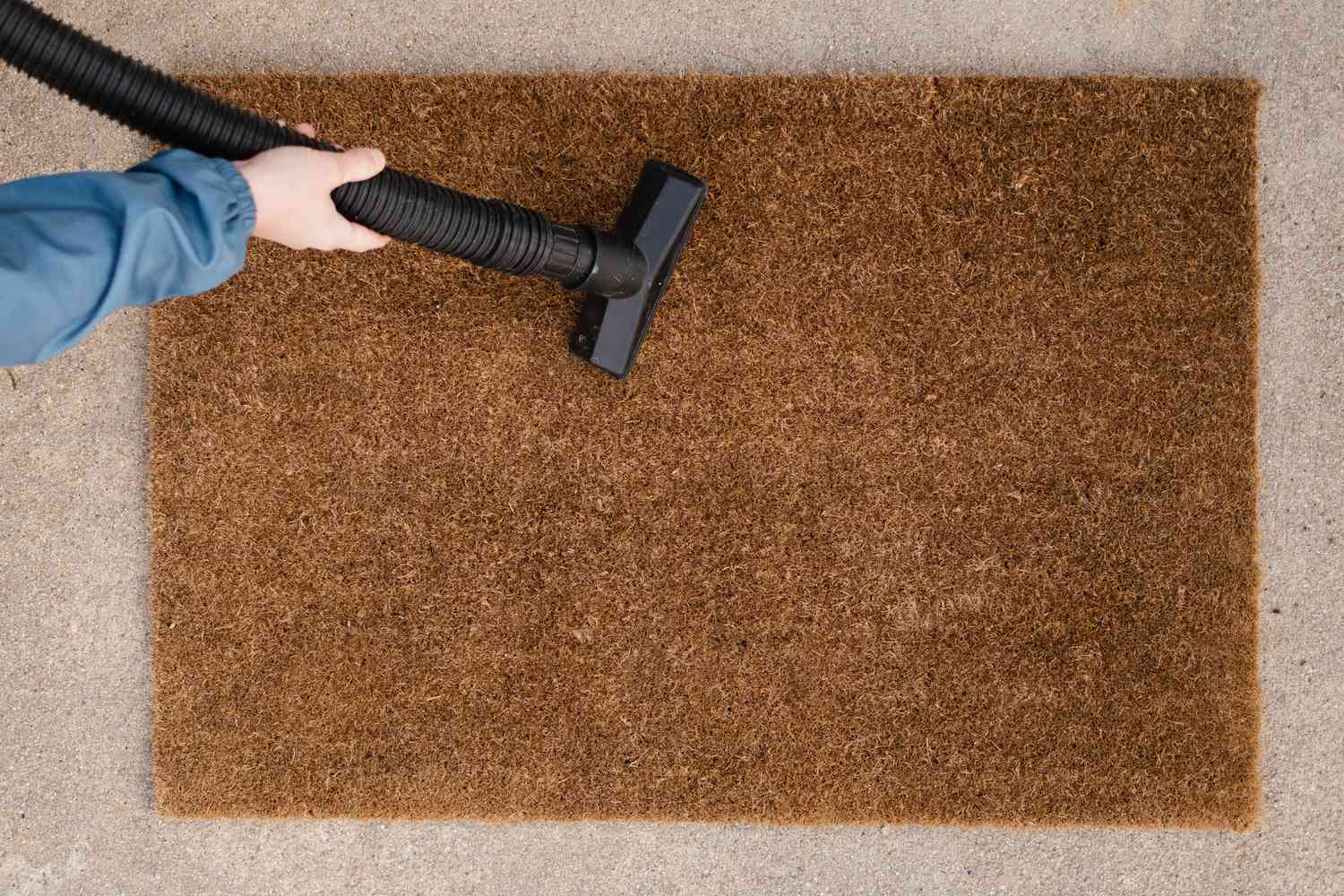
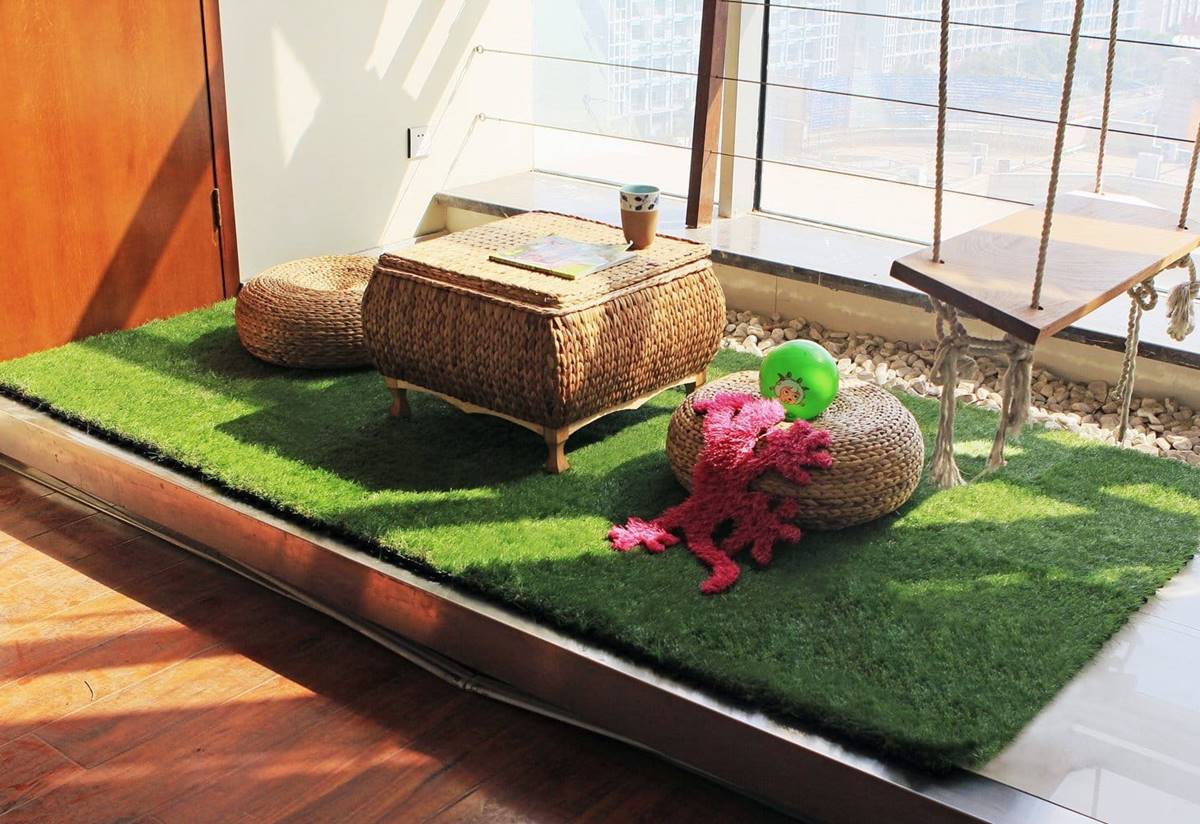
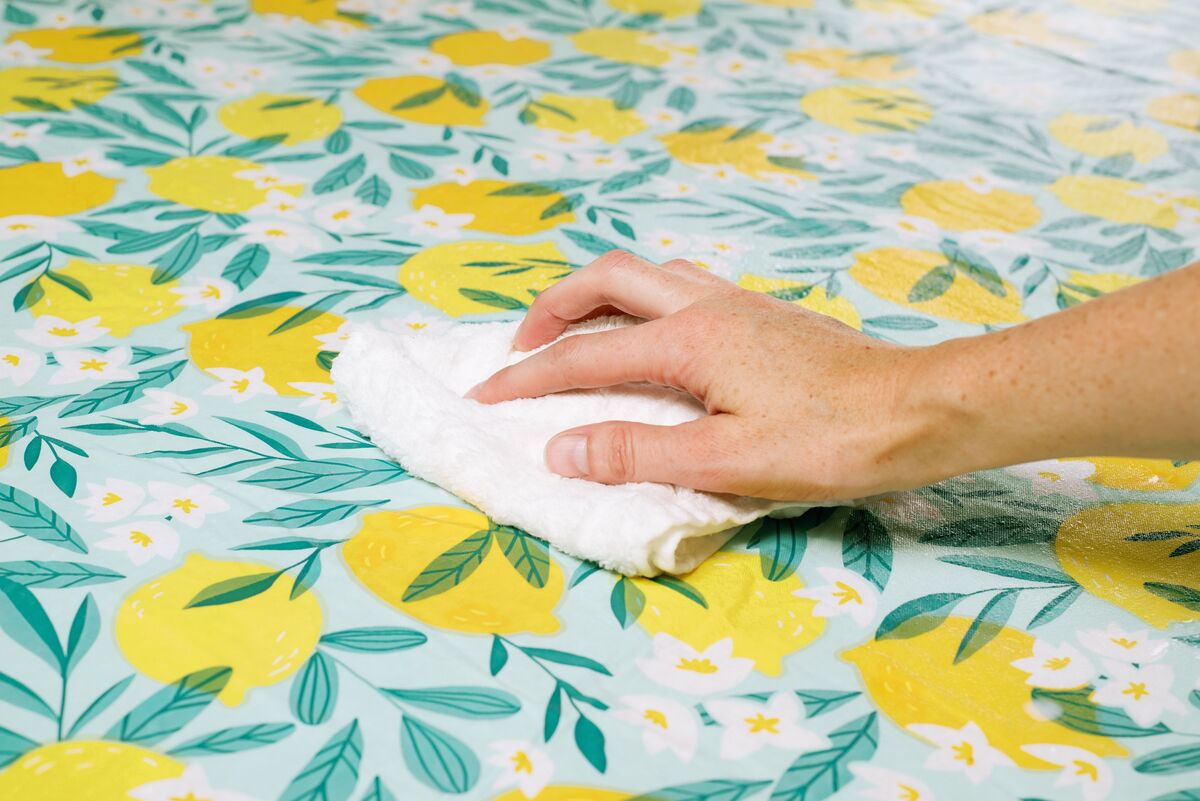
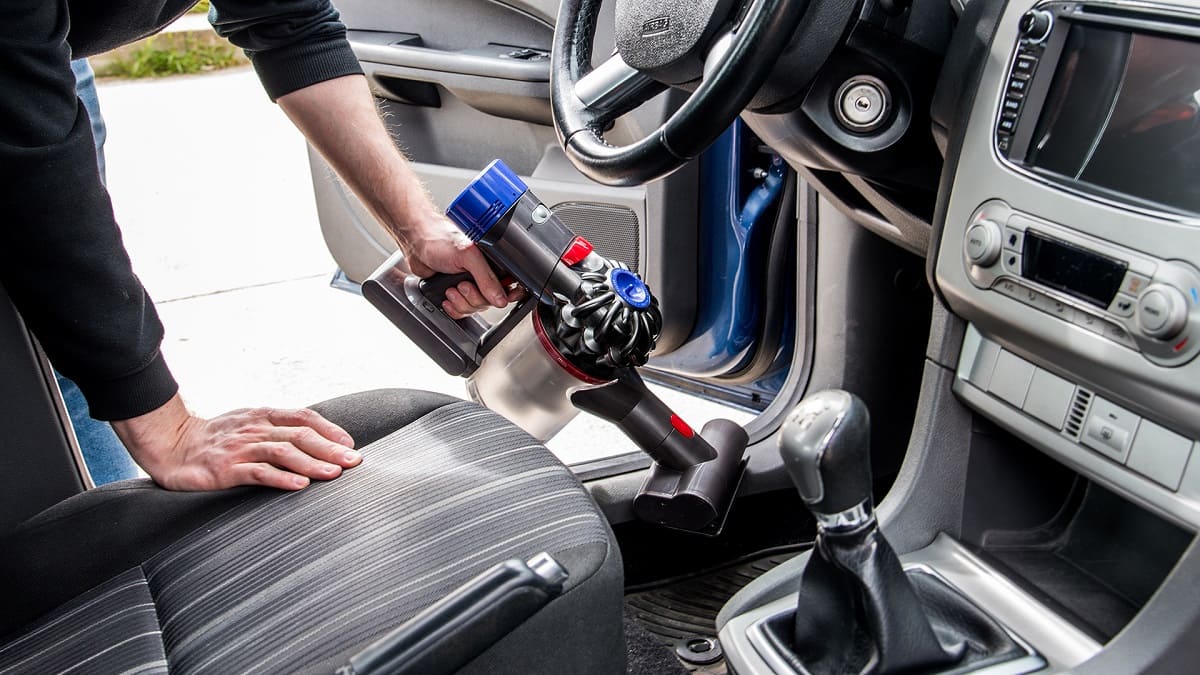

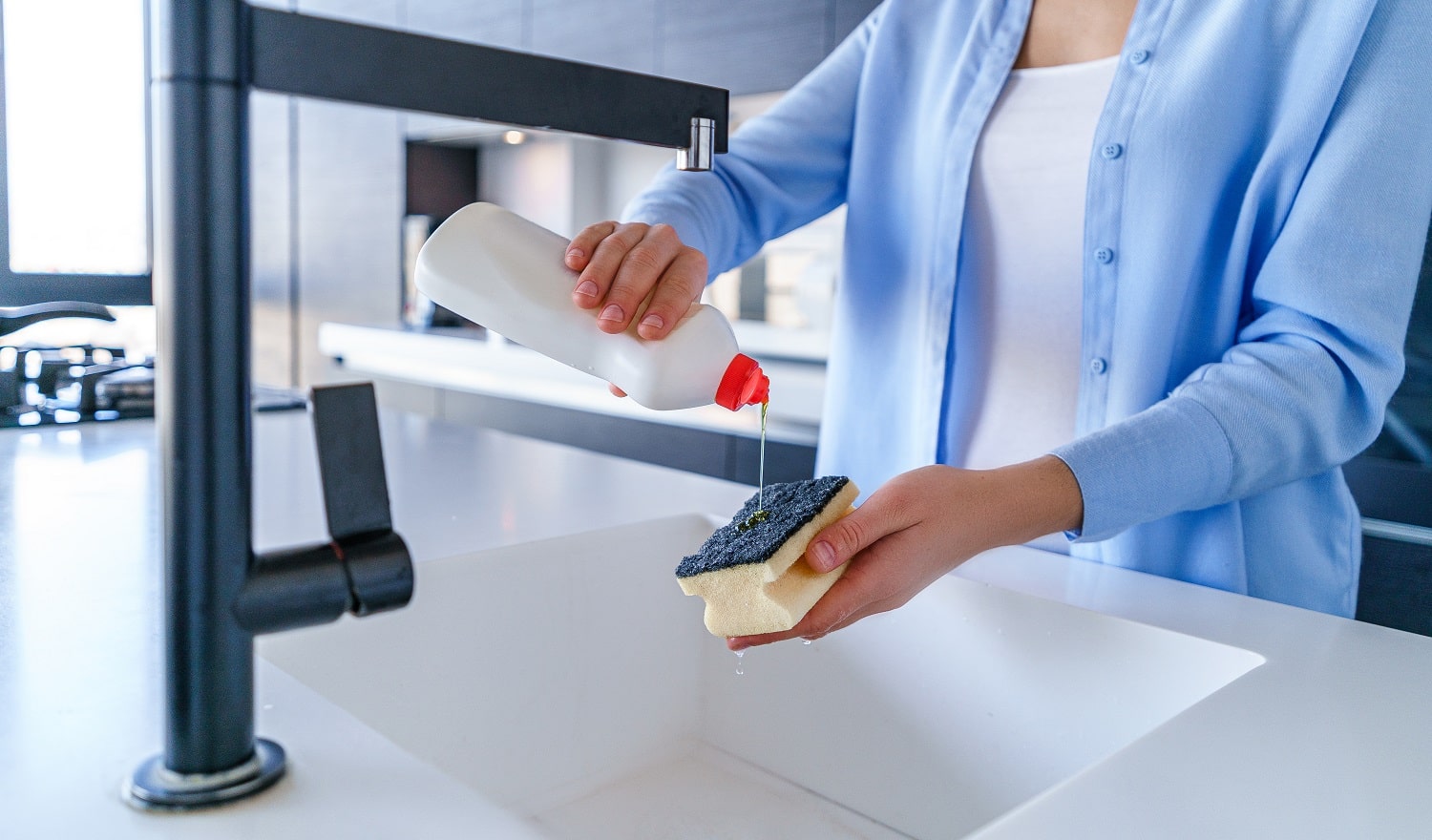
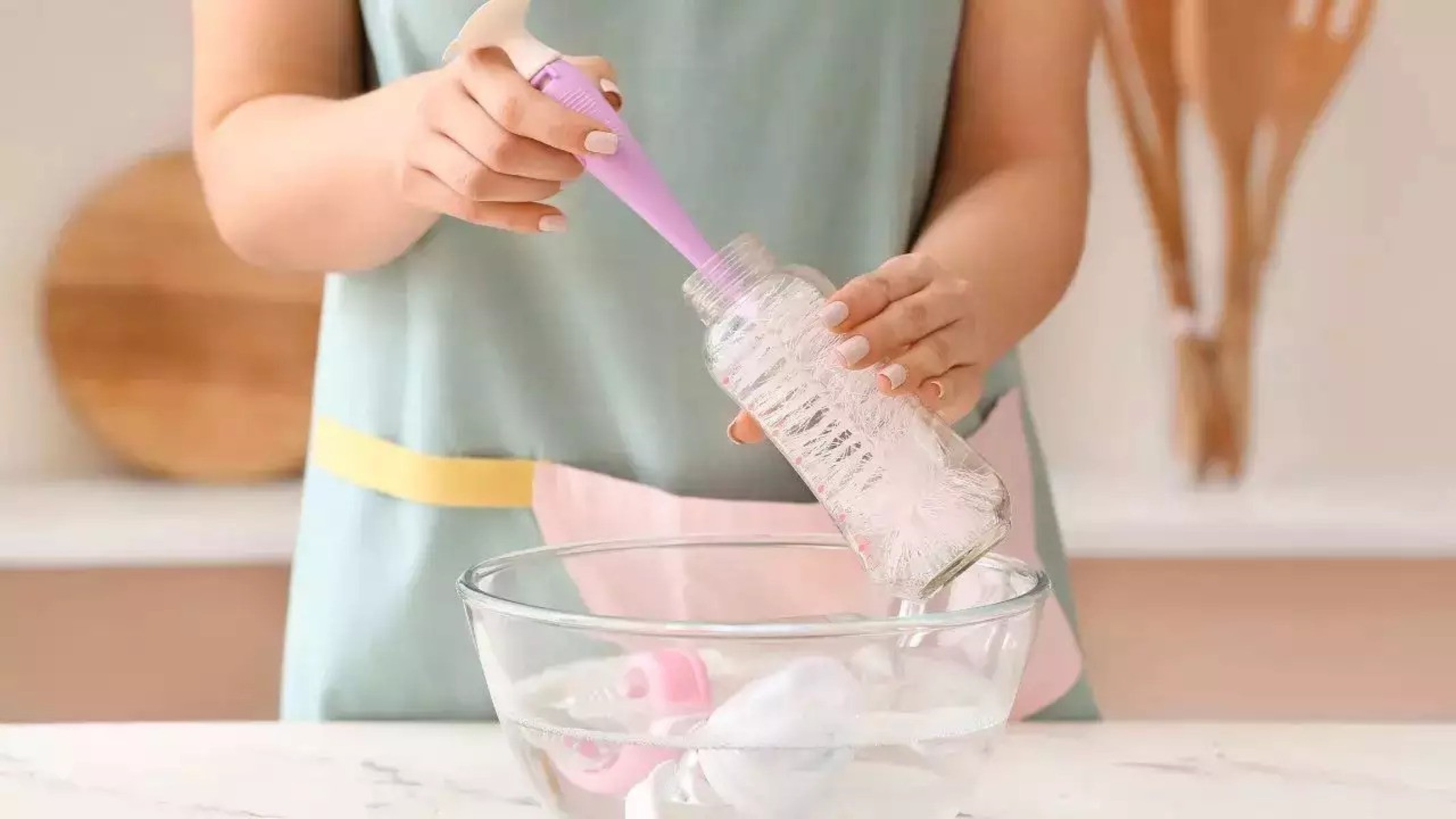
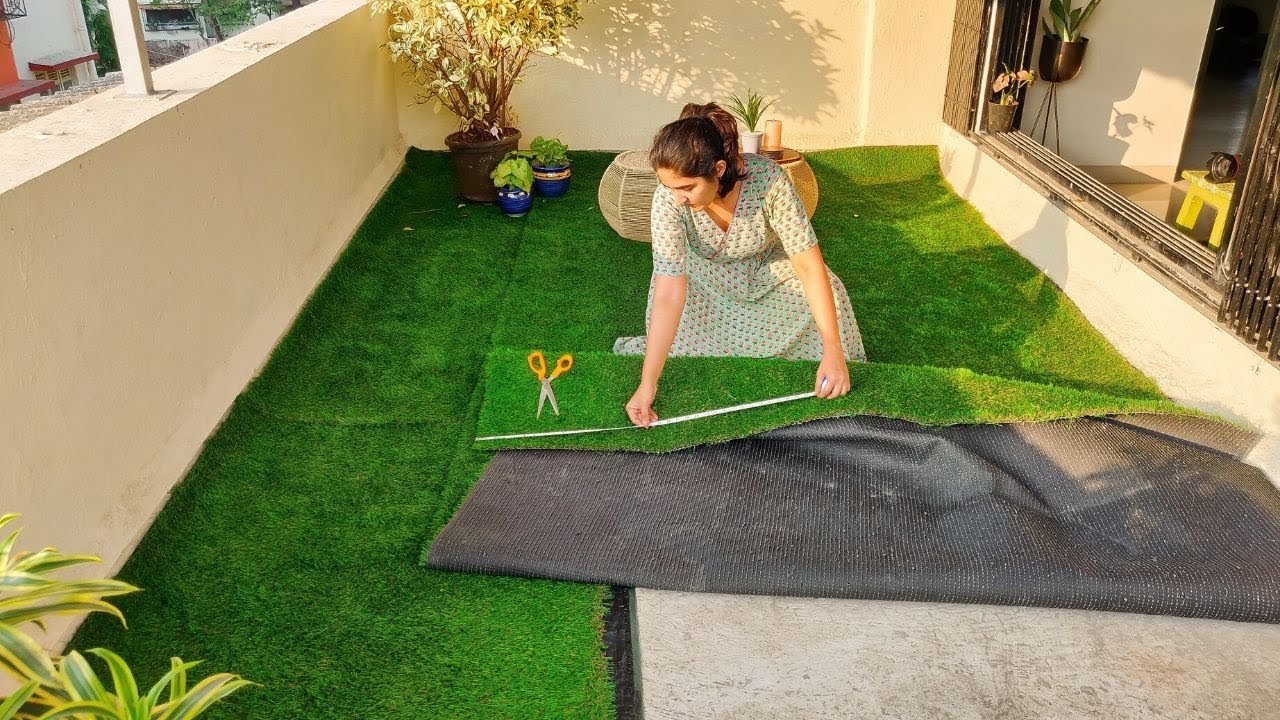
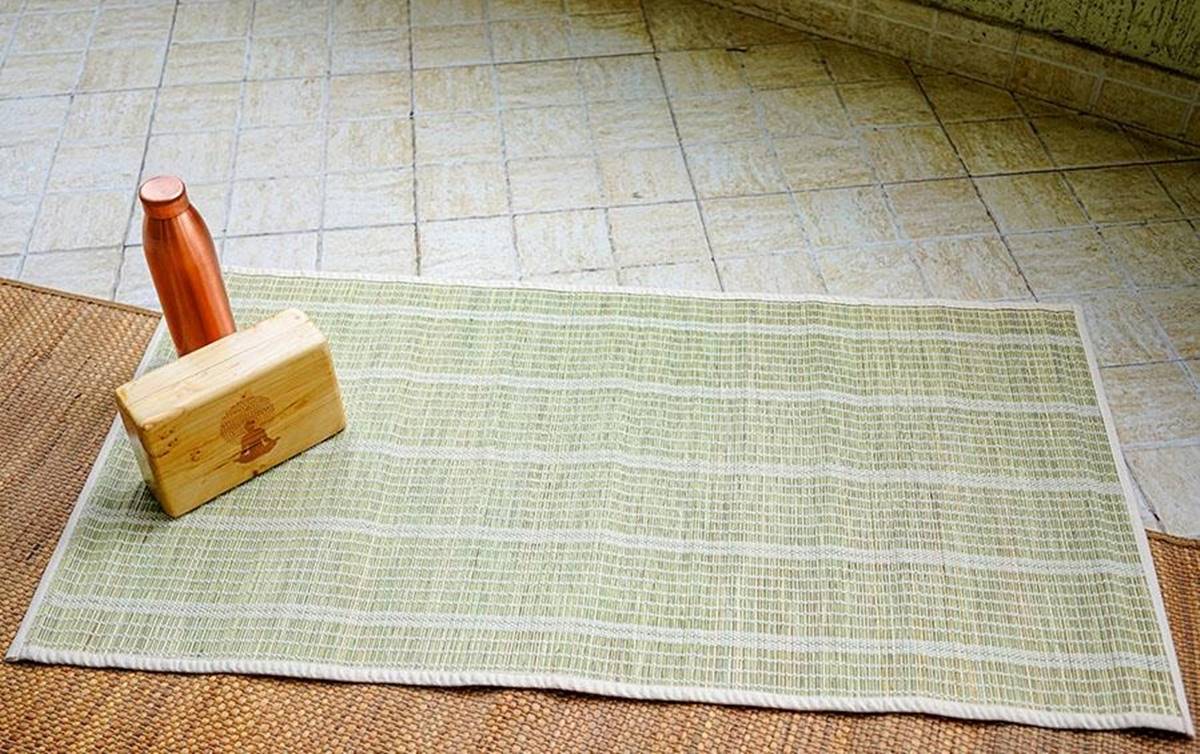
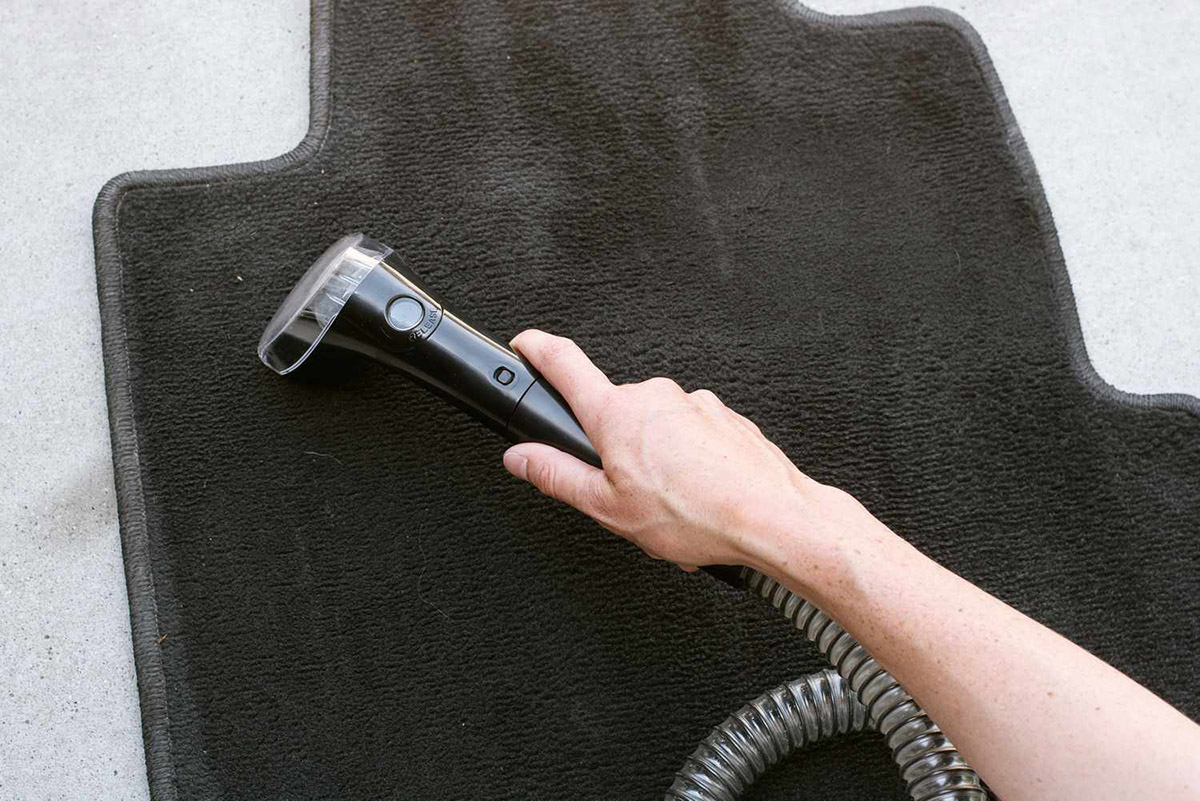
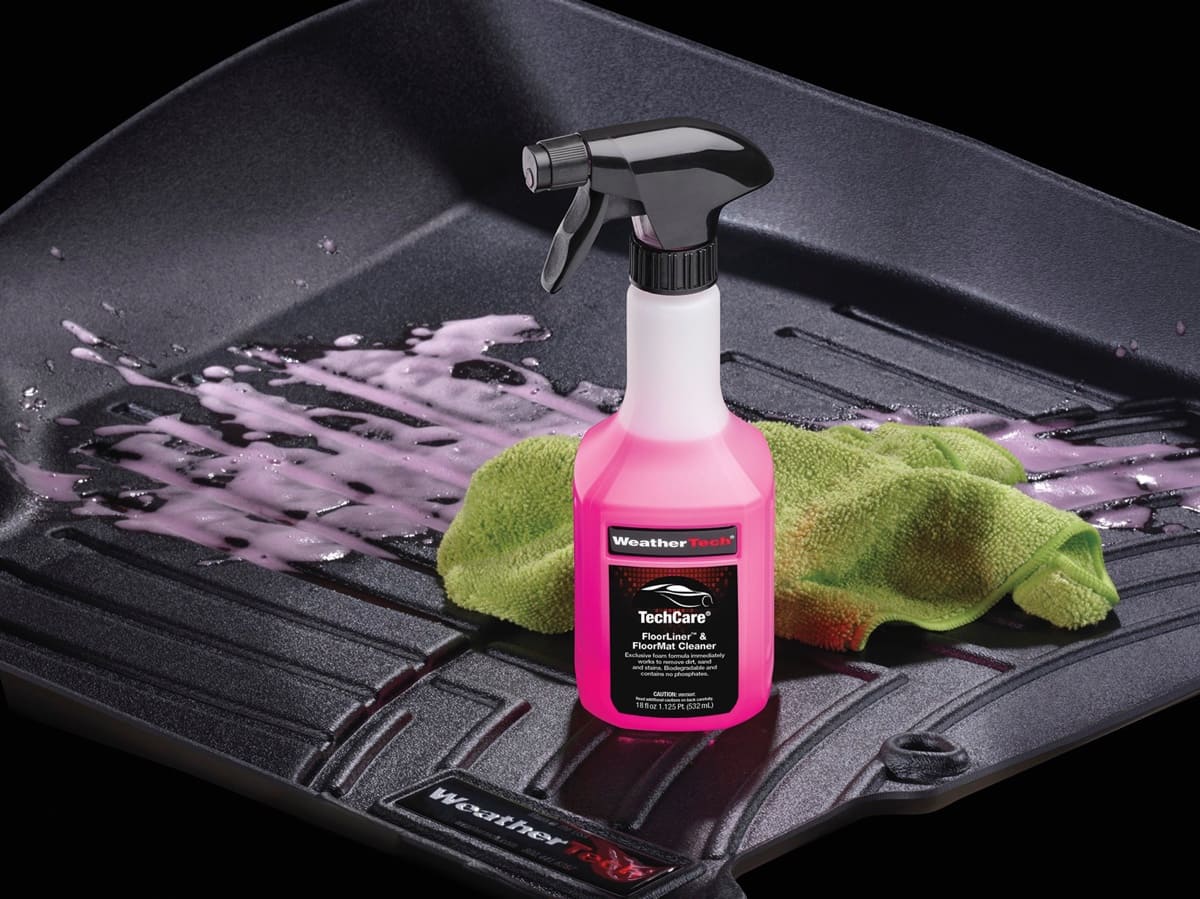
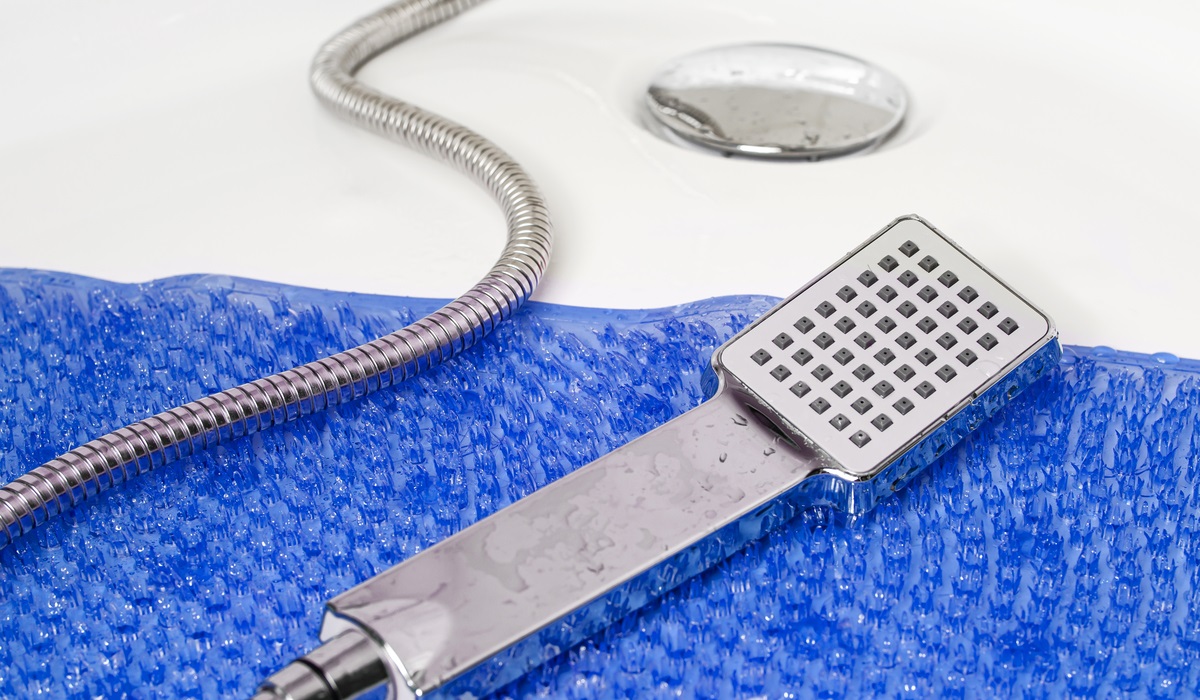

0 thoughts on “How To Clean A Plastic Grass Mat”